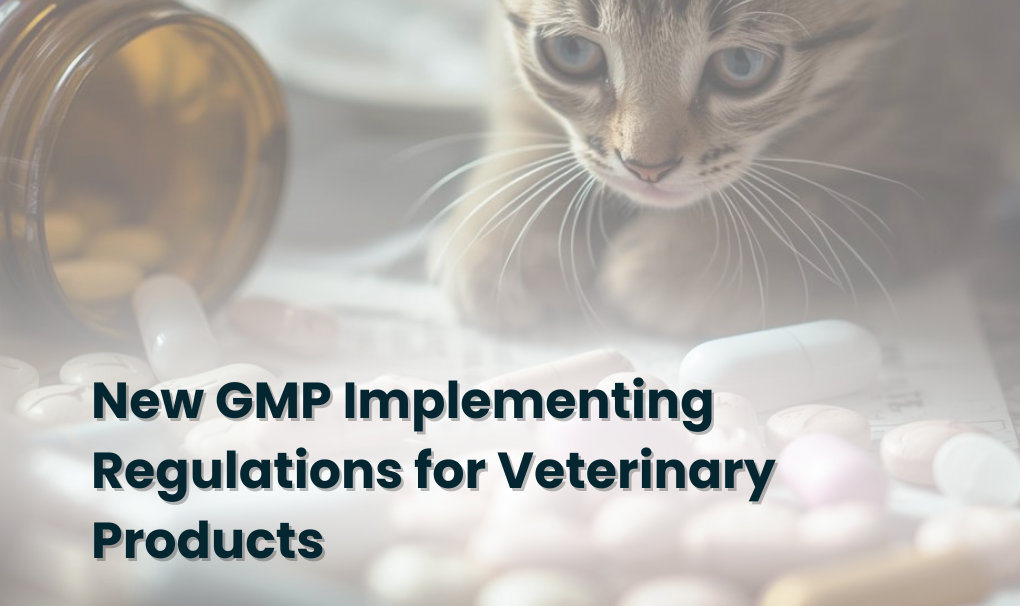The Medical device regulation 2017/745, fully applicable since 26th May 2021, is a comprehensive regulation created with the objective to ensure more safety and effectiveness of medical devices within the European Union (1) . Unlike the revoked directives, regulations are not transposed into the national law, thus limiting the interpretation discrepancies and create a harmonized regulated environment across the EU market.
The initial redaction of the regulation aimed that from 27th May 2024, the MDR would be fully applicable to all medical devices. It was assumed that manufacturers would be able to move from the directives to the MDR during their normal certification cycle of 3 years. As manufacturers are responsible to ensure that their devices comply with the MDR by the end of the transition period, after 27th May 2024, medical devices not certified under the MDR would have no access to the EU market.
The notified bodies, organizations designated by the EU to assess the conformity of medical devices before they are placed on the market, also required to undergo a redesignation process to be able to perform conformity assessment under MDR and grant CE marking of the devices. There were 67 Notified bodies designated under the directives and not all accepted to be redesignated under the MDR. The redesignation process started in 2017 but givenall the constraints such as Brexit and Covid-19 pandemic, 6 years later it is still in progress. As of 31st March 2023, 38 Notified bodies were designated under MDR (2) .
One year after the regulation entered into force, there were about 24.000 valid certificates, issued under the medical device directives that would expire until May 2024. These certificates covered almost half a million references of medical devices. At the current conditions and with all the constraints, the estimation was that approximately 7.000 MDR certificates would be issued by May 2024.
It was clear that the transition process was far behind the schedule, putting at risk the supply of medical devices, with several shortages that could impact the lives of millions of patients. Not only in relation to Notified body capacity but also due to manufacturers preparation (indeed it is a fact that many companies are not yet ready to comply with regulations).
In August 2022, experts from the Medical Device Coordination group issued a position paper (3) acknowledging the significant and urgent reduced of capacity of EU notified bodies and laying out 19 non-legislative actions to support a successful transition to the MDR. Stakeholders, Member States, and members of the European parliament agreed these actions would not be enough and soon a legislative initiative was expedited. In few months we had a new regulation regarding the change of transition period of the MDR, Regulation (EU) 2023/607 published and effective on 20th March 2023.
This amended regulation is nicknamed “MDR Extension Regulation” but be careful with the expectations. The MDR was extended for notified bodies, manufacturers must be compliant with the MDR by 26th May 2024. Legacy devices will stay on the market for a longer time. But all new medical devices and class I self-certified devices are not covered by this regulation, meaning the regulation already applies.
The definition of legacy devices has changed. So far they were understood as devices in conformance with old directives and placed on the market after the MDR date of application in 2021, if certain conditions are fulfilled (4):
- They continue as legacy devices until their certificate (issued under directives) expires or until 26th May 2024.
- Keeping the Devices in compliance with the directives.
- Not doing a significant change in the design or intended purpose, and does not present an unacceptable risk to health and safety.
- Matters of post-marketing surveillance, vigilance, registration of economic operators and devices are applied.
So, what changed?
The end date has been prolonged to 31st December 2027 for Class III and Class llb implantable devices (with some exceptions) and to 31st December 2028 for all other devices. Devices for which the certificate has expired already but were still covered by a valid certificate on the date of application of the MDR can be reintroduced as legacy devices.
But there are additional conditions, first, one manufacturer/authorised representative needs to put in place a QMS and comply with MDR. Then, they must lodge an application for MDR certification to a notified body no later than 26th May 2024 and sign an agreement with the notified body by 26th September 2024 for certification and surveillance (5) (6).
As a result, manufacturers need to be fully ready for the MDR by 26thMay 2024 to avoid losing the legacy status of their devices and returning to market only when they become MDR certified.
In summary,manufacturers need to manage the following to maintain legacy devices:
1. Comply with MDR as soon as possible.
2. Lodge an application with a notified body no later than 26th May 2024.
3. Prepare for notified body surveillance audits.
4. Prepare for MDR certification, with the risk of not being able to have a second chance much later in time.
The notified bodies are working at capacity on the transition for the MDR. Although after the announcement of the transition regulation, there was a significant decrease in applications. Recently, the MDCG released the results from a Notified Body survey on certifications and applications under the MDR, with updated results until 31 March 2023 (2). In average, it is taking 3 months from lodging an application and signing the agreement with the notified body. Another concerning result, more than half of the submitted applications were considered incomplete and this number is increasing. The total time needed for the certification is usually more than 1 year.
If you are a manufacturer, do not wait until 2024 to lodge your application, the time to act is now.
Bibliography
1. Regulation (EU) 2017/745 of the European Parliament and of the Council of 5 April 2017 on medical devices. European Comission. [Online] Official Journal of the European Union, April 2017. https://eur-lex.europa.eu/legal-content/EN/TXT/?uri=CELEX%3A32017R0745.
2. Comission, European. Notified Bodies Survey on certifications and applications (MDR/IVDR). European Comission. [Online] July 2023. https://health.ec.europa.eu/system/files/2023-08/md_nb_survey_certifications_applications_en.pdf.
3. Group, Medical Device Coordination. MDCG 2022-14 Transition to the MDR and IVDR. [Online] August 2022. https://health.ec.europa.eu/system/files/2022-08/mdcg_2022-14_en.pdf.
4. —. MDCG 2021-25 Regulation (EU) 2017/745. Medical Device Coordination Group. [Online] Medical Device Coordination Group, October 2021. https://health.ec.europa.eu/system/files/2021-10/md_mdcg_2021_25_en_0.pdf.
5. REGULATION (EU) 2023/607 OF THE EUROPEAN PARLIAMENT. European Comission. [Online] Official Journal of the European Union, March 2023. https://eur-lex.europa.eu/legal-content/EN/TXT/PDF/?uri=CELEX:32023R0607.
6. Safety, Directorate-General for Health and Food. Flowchart to assist in deciding whether or not a device is covered by the extended MDR transitional period. European Comission. [Online] European Comission, August 2023. https://health.ec.europa.eu/system/files/2023-08/md_devices-art120_flowchart_0.pdf.
















